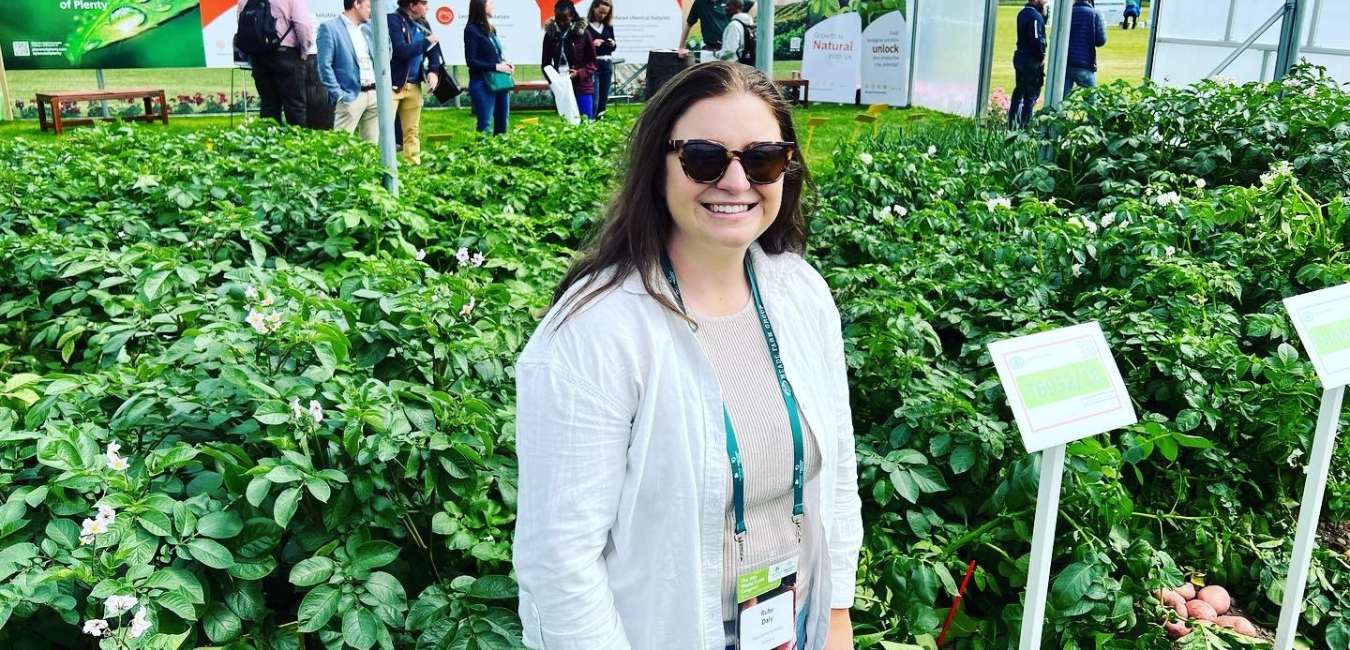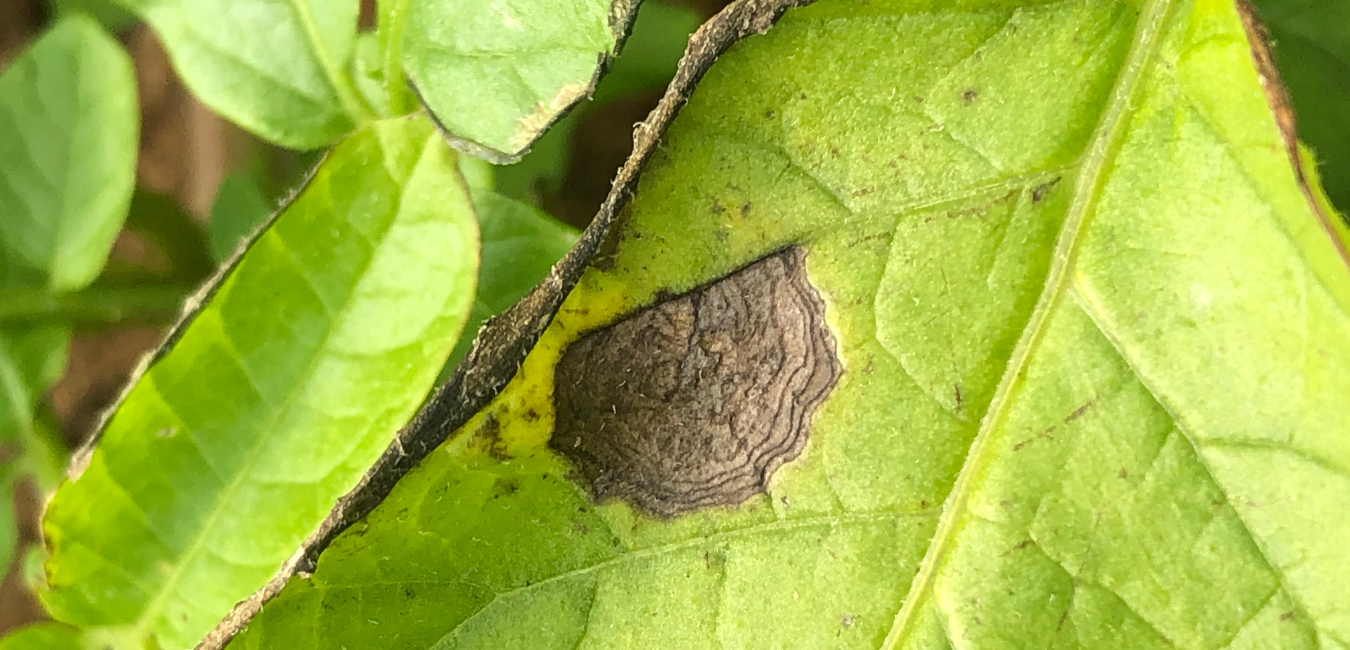
Climate outlook overview from the Bureau of Meteorology
12 August 2022
International Farm Management Congress report: Ruby Daly
12 August 2022A season can be a long time for potato growers between planting, the subsequent application of fertilisers and nutrients, before eventually harvest. The appearance of disease can be devastating, with significant impacts on yield and thereby profitability.
In south-west New South Wales, it takes a program approach to prevent disease from becoming a problem according to Steven Serafin of Yenda Producers Co-operative. Success is realised when the canopy is vigorous and green, ready to accelerate those tonnes per hectare during tuber bulking.
“Our production area is a little bit unique compared to other places. Target spot is a real concern, as is Sclerotinia. But it’s target spot that really knocks us about by the end of the season,” he said.
Syngenta products have long been at the core of his fungicide programs, particularly AMISTAR® Top fungicide and SCORE ® fungicide.
The arrival of MIRAVIS ® fungicide in 2018 represented another shift in what Mr Serafin would come to expect of target spot control, when applied at row closure helping to keep his canopy healthy.
“Using MIRAVIS ® to start off with gave us target spot control that was more superior to what we had been using up to that point,” he said.
Little did he know that there would soon be another Syngenta fungicide, combining the active, pydiflumetofen, in MIRAVIS® fungicide with proven fludioxinol creating the co-formulation MIRAVIS® Prime fungicide. This would bring a powerful new tool to his spray program, controlling all of his major disease issues in one formulation.
“When applied in a program, by utilising MIRAVIS® Prime, it took pressure off our BRAVO® and AMSTAR® Top applications. Where we saw botrytis and Sclerotinia come in, once applied, MIRAVIS® Prime started to eliminate those diseases and gave us a longer coverage period.”
MIRAVIS® Prime fungicide provides specialist protection against Sclerotinia in areas prone to the disease, in addition to target spot and botrytis.
The MIRAVIS® Prime fungicide label allows for a maximum of two applications in a season, which are best applied either early prior to row closure or before the end of leaf drop.
“I didn’t rush straight into it, by using two applications with MIRAVIS® Prime,” Mr Serafin said.
“We were using alternate options earlier in the year, but by the back end of this season we withdrew these options from the existing program and went back-to-back MIRAVIS® Prime. The current season’s crops are in really good shape, late in the season, even with all the rain events that we’ve had.”
Given the tight rotations and the disease pressure Mr Serafin faces, in future he’s going to implement a program using MIRAVIS® fungicide early on and MIRAVIS® Prime fungicide later. He said it might be opposite to what works elsewhere but “our crop rotation is somewhat different to growers in other regions.”
“Our disease pressure is very high. We see target spot coming in well before row closure, it actually comes in before hilling up, so it starts very early for us,” he said.
“Using MIRAVIS® earlier, gets us through hilling up and into row closure before we consider using MIRAVIS® Prime, which then assists us with target spot, and botrytis-sclerotinia scenarios.”
Return on investment is essential and while Mr Serafin hasn’t done the sums just yet, the increased tonnages at harvest based on his year-on-year average has already confirmed it for him.
“Our yields are already showing that yield is far superior to last year when we didn’t have MIRAVIS® Prime,” he said.
Find out more:
For more information please contact your local Syngenta representative or visit www.syngenta.com.au/miravis-prime
Syngenta is a leading agriculture company helping to improve global food security by enabling millions of farmers to make better use of available resources. Through world class science and innovative crop solutions, its 28,000 people in over 90 countries are working to transform how crops are grown. It is committed to rescuing land from degradation, enhancing biodiversity and revitalizing rural communities.


